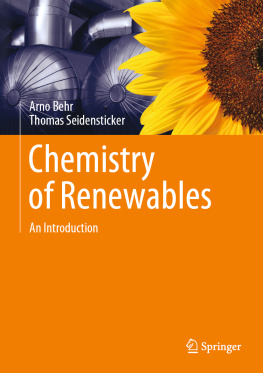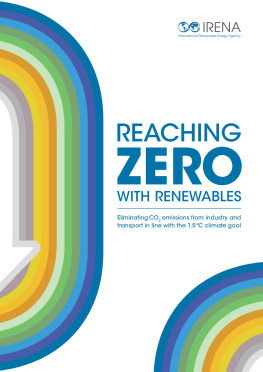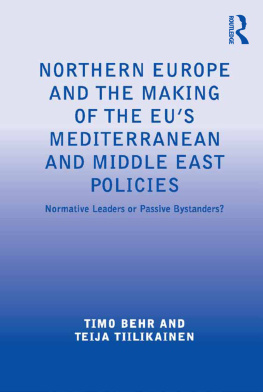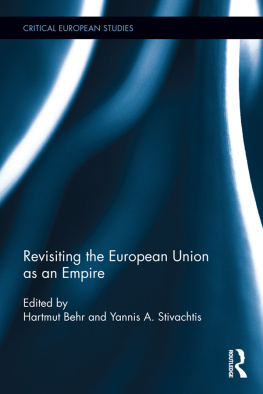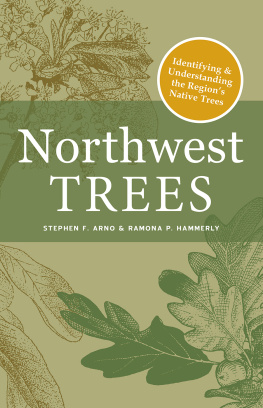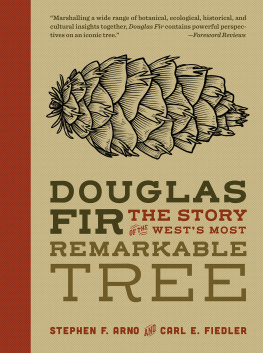Arno Behr - An Introduction: Chemistry of Renewables
Here you can read online Arno Behr - An Introduction: Chemistry of Renewables full text of the book (entire story) in english for free. Download pdf and epub, get meaning, cover and reviews about this ebook. publisher: Springer Berlin Heidelberg, genre: Children. Description of the work, (preface) as well as reviews are available. Best literature library LitArk.com created for fans of good reading and offers a wide selection of genres:
Romance novel
Science fiction
Adventure
Detective
Science
History
Home and family
Prose
Art
Politics
Computer
Non-fiction
Religion
Business
Children
Humor
Choose a favorite category and find really read worthwhile books. Enjoy immersion in the world of imagination, feel the emotions of the characters or learn something new for yourself, make an fascinating discovery.
- Book:An Introduction: Chemistry of Renewables
- Author:
- Publisher:Springer Berlin Heidelberg
- Genre:
- Rating:3 / 5
- Favourites:Add to favourites
- Your mark:
- 60
- 1
- 2
- 3
- 4
- 5
An Introduction: Chemistry of Renewables: summary, description and annotation
We offer to read an annotation, description, summary or preface (depends on what the author of the book "An Introduction: Chemistry of Renewables" wrote himself). If you haven't found the necessary information about the book — write in the comments, we will try to find it.
An Introduction: Chemistry of Renewables — read online for free the complete book (whole text) full work
Below is the text of the book, divided by pages. System saving the place of the last page read, allows you to conveniently read the book "An Introduction: Chemistry of Renewables" online for free, without having to search again every time where you left off. Put a bookmark, and you can go to the page where you finished reading at any time.
Font size:
Interval:
Bookmark:


This Springer imprint is published by the registered company Springer-Verlag GmbH, DE part of Springer Nature.
The registered company address is: Heidelberger Platz 3, 14197 Berlin, Germany
What are we going to do now?
With an exponential increase in population, major concerns about global warming leading to climate change and with oil and gas becoming scarcer and more expensive to extract, we stand at a point in the worlds history where everything we do needs to change - and quickly. We need to turn to renewable resources and to make sure that we have enough land to grow food as well as to provide all the essential and luxury items that are currently produced from fossil fuel based starting materials. Most of our static energy needs will be provided by wind, solar, wave and tidal power. Cars will be powered by electricity from renewable resources but how will we continue to fly? How will we provide all the essential and luxury items that are so familiar to us and we love to have without using fossil fuel-based resources whilst at the same time increasing the amount of food we produce.
The United Nations 17 Sustainable Development Goals provide a road map to a future of peace, justice, equality and prosperity in a pollution-free world espousing a circular economy. They hint at the end point but how will we actually get there? Many grandiose schemes are proposed but who will actually bring them into practice?
Much of the work will be done by chemists and chemical engineers working with a whole myriad of end users to provide solutions to all the problems. There has never been a better time to be starting out on a career in chemistry or chemical engineering. The challenges are huge, addressing them will require the most creative of minds and the rewards, intellectual, social and financial will be enormous. Are you up for this exciting journey? Where will it start and what is the final destination? Nobody knows the answer to the second question but, if you have been hooked into wanting to set out on this journey and do not know where to start, this book, The Chemistry of Renewables, which gives a snapshot of where we are at present and a hint at directions we might take, is the book for you.
There are some major differences between oil and naturally occurring feedstocks. Oil contains only carbon and hydrogen whilst feedstocks like natural oils, cellulose, lignin, etc also contain significant amounts of oxygen and sometimes other elements especially nitrogen, phosphorus and sulphur. Oil is mostly a mixture of various chain length hydrocarbons so is relatively simple. It has only C-H and C-C bonds and is mostly easy to handle as a liquid, which can be pumped from well-defined reservoirs. Natural resources are chemically much more complex and diverse often occurring naturally as solids, sometimes spread thinly over large areas making handling trickier but not impossible. Most of the many thousands of effect chemicals we use on everyday life contain oxygen or nitrogen as well as carbon and hydrogen so, to make them from oil, we must add these elements generally in oxidative-type chemistry whilst the chemistry of the future will require removal of oxygen or reductive chemistry.
One possible way to solve the problem would be to gasify biomass to give carbon monoxide and hydrogen then carry out Fischer-Tropsch chemistry to make a mixture of hydrocarbons rather like the oil that we use already and feed it into a standard oil refinery. However, taking all the oxygen out of biomass and putting some of it back in again is not only inelegant, it is massively energy intensive and expensive so we really have to look for the direct production of effect chemicals from biomass. A whole new chemical industry is begging to be invented and you could be in the forefront of that exciting development.
One of the great things about this book is that it is easy to read with its quirky titles, interesting anecdotes and liberal sprinkling of lovely colour pictures. You can dip in and out of it to find nuggets of information, what is been done already and what still needs to be done or you could read it as a bedtime story. Just to make sure you have not fallen asleep whilst reading there are Quickies at the end of each chapter; questions which check what you have learnt and that you have retained it. Do not worry, though, the answers are collected at the end of the book, but you should really try to get them without looking them up - just use them to check you were right!
The book starts like Under Milk Wood or the song Do Ray Me at the beginning with an excellent overview of the field and a critical appraisal of the advantages and disadvantages of the feedstocks that are available, before moving on to individual feedstocks starting with fats and oils because they are currently the most exploited. The discussion moves to glycerol, a coproduct when making many derivatives from natural oils and sugar before things get much more complicated with cellulose, the worlds most abundant organic polymer, starch and other carbohydrates. It then moves on to the toughest nut of all, lignin. Masses of lignin is available from trees but it is hardly exploited because its structure is complex; it is difficult to dissolve or break down and really hard to get single products form it. It can be done, for example, in a complex process for making vanillin, a flavouring compound that can also be used as a starting material for pharmaceutical production. However, this work is in its infancy. There is so much more to do. It is difficult but the rewards will be extremely high. Things get a bit easier with the naturally occurring hydrocarbons, terpenes and their polymers, where significant chemical advances have already been made. Then come amino acids and their condensation to form the elements of life, polypeptides and proteins followed by compounds which can be extracted from nature for use as dyes, flavours, vitamins, drugs or polymers, many of which are biodegradable.
Font size:
Interval:
Bookmark:
Similar books «An Introduction: Chemistry of Renewables»
Look at similar books to An Introduction: Chemistry of Renewables. We have selected literature similar in name and meaning in the hope of providing readers with more options to find new, interesting, not yet read works.
Discussion, reviews of the book An Introduction: Chemistry of Renewables and just readers' own opinions. Leave your comments, write what you think about the work, its meaning or the main characters. Specify what exactly you liked and what you didn't like, and why you think so.

